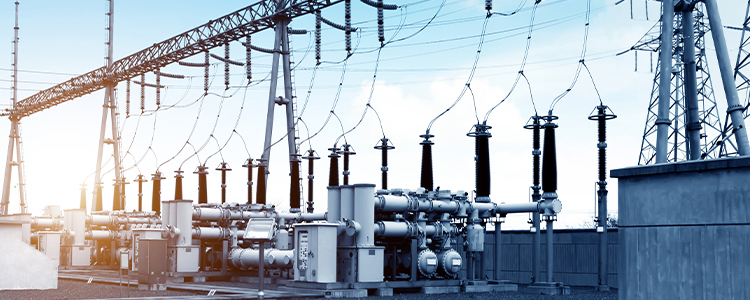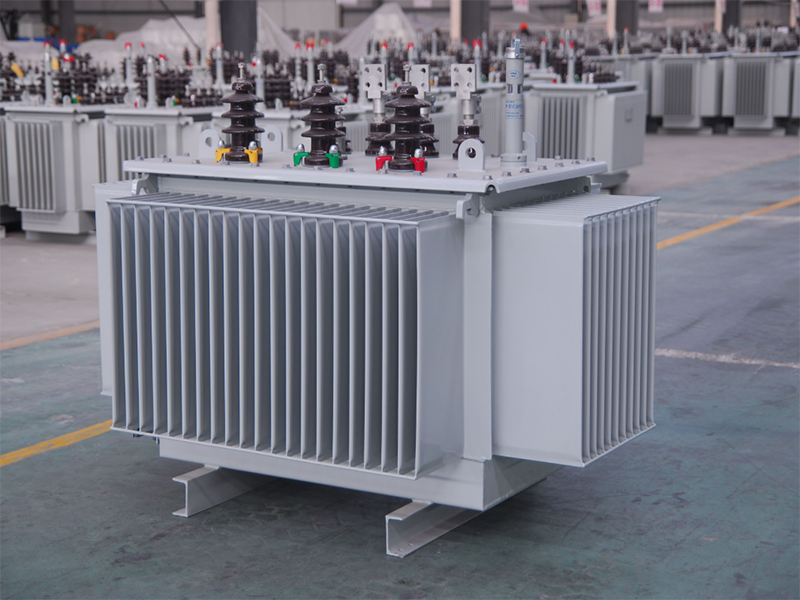1. Different nature
1. Oil-type transformer: a new type of high-performance transformer with more reasonable structure and better performance.
2. Dry-type transformers: transformers whose iron cores and windings are not immersed in insulating oil.
Second, the characteristics are different
1. Features of oil-type transformer:
(1) Oil-type transformers usually use three cooling methods: oil-immersed self-cooling, oil-immersed air cooling and forced oil circulation.
(2) Oil-type transformers take away heat through natural convection of oil. The oil-immersed air-cooling system is based on the oil-immersed self-cooling system, adding a fan to blow air to the fuel tank and the oil pipe to enhance the heat dissipation effect. Forced oil circulation is to pump the hot oil in the transformer to the outside of the transformer for cooling, and then send it into the transformer.
2. Features of dry-type transformer:
(1) It is safe, fireproof and pollution-free, and can be operated directly in the load center;
(2) Adopt domestic advanced technology, high mechanical strength, strong short-circuit resistance, small partial discharge, good thermal stability, high reliability and long service life.
(3) Low loss, low noise, obvious energy saving effect and maintenance-free;
(4) Good heat dissipation performance, strong overload capacity, and increased capacity operation during forced air cooling;
(5) Good moisture resistance, suitable for harsh environments such as high humidity.
Extended information:
The dry-type transformer microcomputer protection device adopts the international advanced DSP and surface mount technology and flexible field bus (CAN) technology, which meets the requirements of different voltage levels of the substation and realizes the coordination, digitization and intelligence of the substation.
Dry-type transformers can complete the functions of substation protection, measurement, control, regulation, signal, fault recording, power acquisition, low-current grounding line selection, low-cycle load shedding, etc., so that the technical requirements, functions and internal wiring of the product are more standardized. The dry-type transformer adopts distributed protection measurement and control device, which can be installed centrally or decentralized, and the configuration can be arbitrarily changed according to user needs to meet the requirements of different schemes.
For more information about transformer, you can check this article: Transformer Principle
Post time: Jan-20-2022














